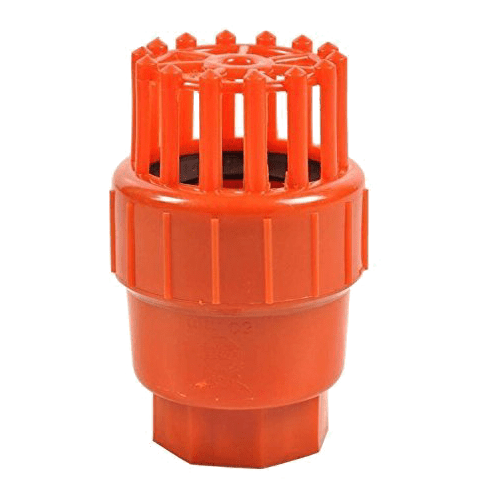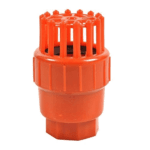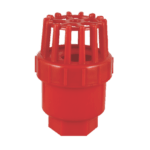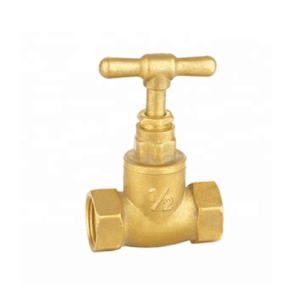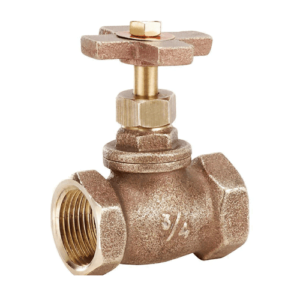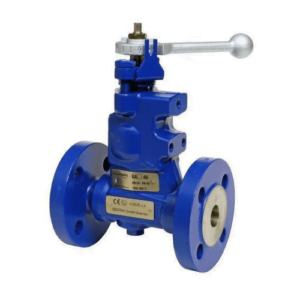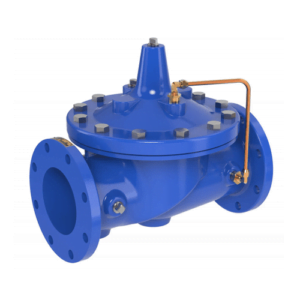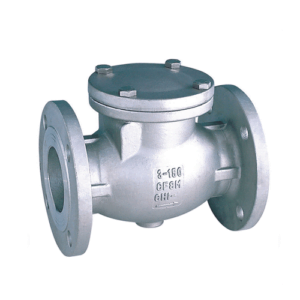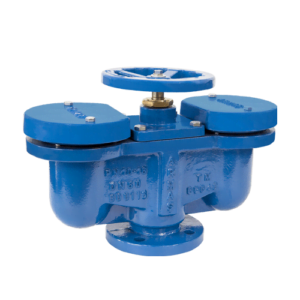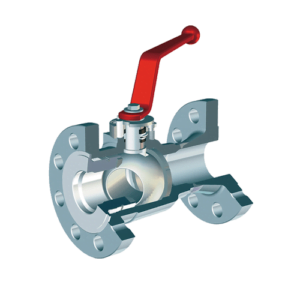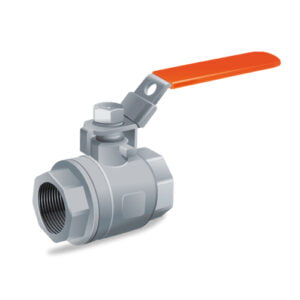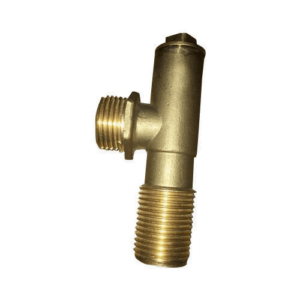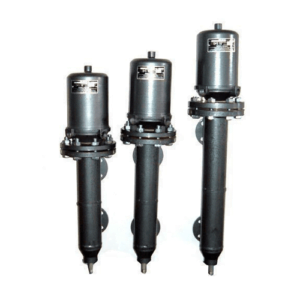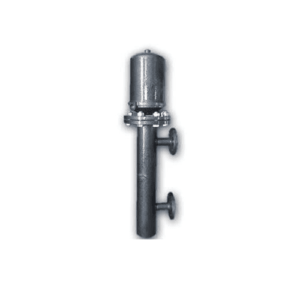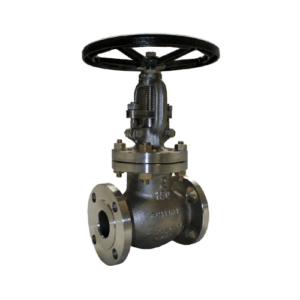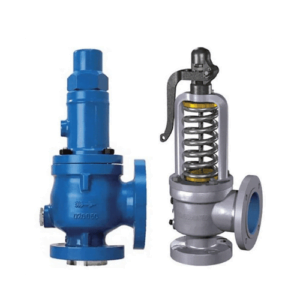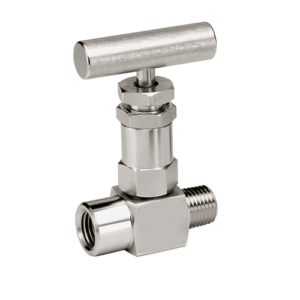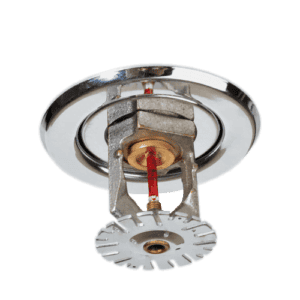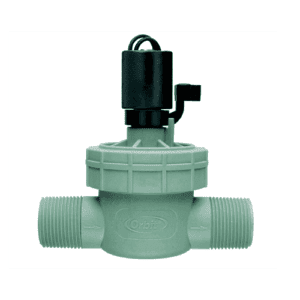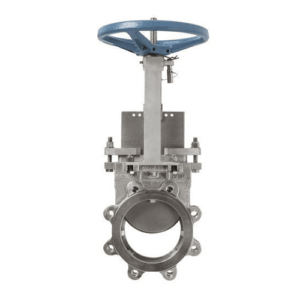High-Durability Foot Valve for Efficient Water Pump Operation
The foot valve is one of the important parts of the pump, which preserves the prime in the pump and does not allow it to flow back, hence protecting the pump system and making it more effective. This valve is primarily used in water pumping applications to maintain a steady, reliable source of water. Engineered to perform well under varied operational conditions, this [Water Pump Foot Valve] is ideal for use.
Material Specifications:
The Foot Valves are constructed from rugged materials of construction, i.e., PVC, brass, and stainless steel; therefore, they are highly durable in the long run and corrosion-resistant. [PVC Foot Valve] is highly demanded, considering its lightweight and very good chemical resistance and is suitable for waters that are not very aggressive. [Brass Foot Valve] is in high demand for environments that are aggressive, given the general sturdiness and lifespan.
Technical Specifications:
Having sizes from 1/2″ to 12″, these Foot Valves meet size requirements for many different pipeline diameters and flow needs. These valves contain:
- Weight: Mass depending on its material and size
- Capacity: Suitable for pump systems with flow rates from 10 to 10,000 GPM
- Dimensions: Specific to each modelThese specifications make sure that each [Foot Valve] can easily be used in an existing system with minimal modification.
Standards and Compliance
Our Foot Valves comply with the highest industry standards, such as ASTM and ISO 9001. Quality and safety are among the two features we particularly attend to. Every valve is tested to ensure performance and durability in accordance with the highest international safety and quality benchmarking. Being a reliable [Foot Valve Supplier], we provide products that constantly meet or exceed these crucial standards.
Usage Instructions
The [Foot Valve] should be properly installed at the inlet of the suction line for maximum life. Maintenance Procedures:
- Routine inspection for debris and keeping the valves clean in order to prevent clogging.
- This ensures that the valve is always under the water level, assuring the pump is primed.
Regular inspection for wear and tear, replacement of any part that is no longer serviceable.
- These practices will help to lengthen the life of your [Foot Valve] and maintain the efficiency and reliability of your pumping system.
Applications
The [foot valve] is really indispensable in most fluid handling systems, especially when there is a need to prevent backflow and where a constant suction must be maintained. Examples of some of the common uses of the foot valve include:
- [Water Pump Foot Valve]: Residential and commercial use to provide continuous water supply and avoid water pump cycling.
- [Foot Valve for Pump]: Used in agricultural irrigation to maintain a good water distribution effect.
- Industrial applications: For water cooling systems, fire-fighting water supply systems, and other industrial liquid operations in which flow breakage can’t be afforded.
Features and Benefits
Features
- Non-Return Functionality: Non-return feature that allows water flow only in one direction prevents reverse flow of water, thus saving the pump and the piping system from being damaged and reducing the downtime of repairs.
- Self-Cleaning Screen: The [PVC Foot Valve] and [Brass Foot Valve] come with a self-cleaning screen that eliminates debris from being filtered, thereby reducing the frequency of maintenance while increasing the system’s operational life.
- Durable Construction: Our foot valves are made from quality materials in construction and are built to last under the most brutal environmental loads.
Benefits:
- Energy Efficiency: By maintaining the pump in prime, the [Foot Valve] of this process conserves very significant amounts of energy since less is spent restarting the pump.
- Cost-Effective: Offered at competitive prices, our valves provide a solution that is easy on your wallet, without sacrificing quality or performance.
- Versatility: Versatile in materials, from PVC and brass to any size needed, from [1-inch foot valves] on up to any size, according to the requirements of an application.
Related Products
Add these other important components to the foot valve to make sure your system works with the most efficiency and protection:
- [Check Valves]: This allows forward movement of fluid throughout the system with intricate layouts.
- [Suction Strainers]: For providing still greater protection to the pump system from debris.
- [Pump Foot Valve]: The foot valves, on the contrary, are built for superior performance of the pump intake and discharge applications.
Support and Warranty Information
Our [Foot Valves] are backed with a strong warranty and full support. Our customer service is committed to guiding you through issues of installation, operation, and troubleshooting towards your satisfaction and long-term performance of the valve.



